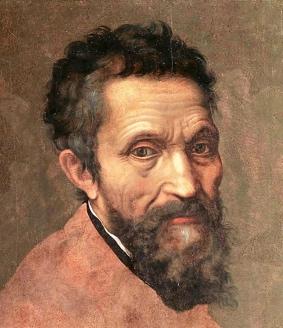8.3: Conclusion and Contrast
- Page ID
- 31881
During the Renaissance, artists developed new styles of long-lasting artwork still well known today. Both Leonardo da Vinci and Tintoretto painted the iconic last supper, illustrating a familiar biblical story. Although they were one hundred years apart, the style and perspective of each painting are entirely different.
Last Supper
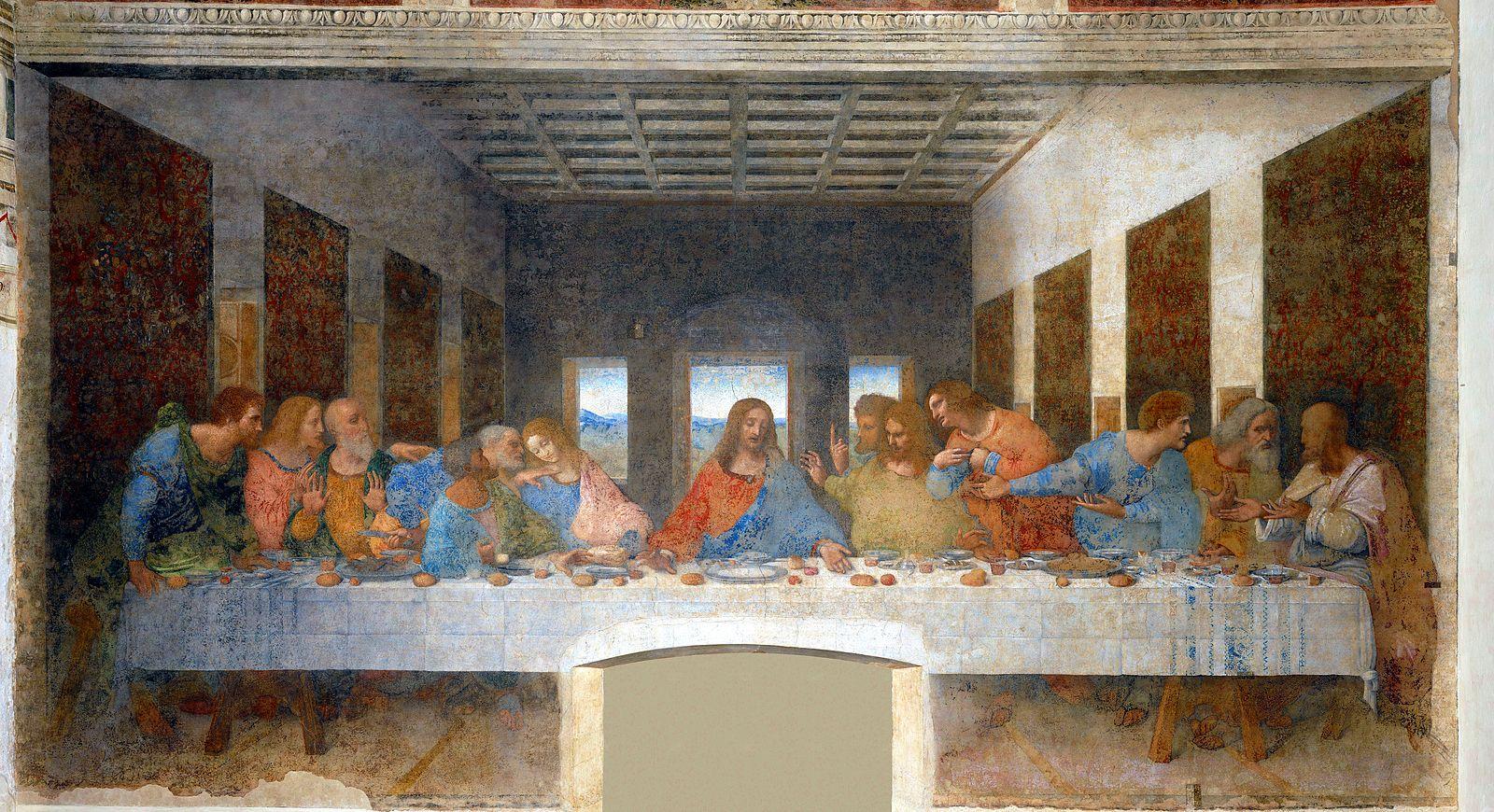
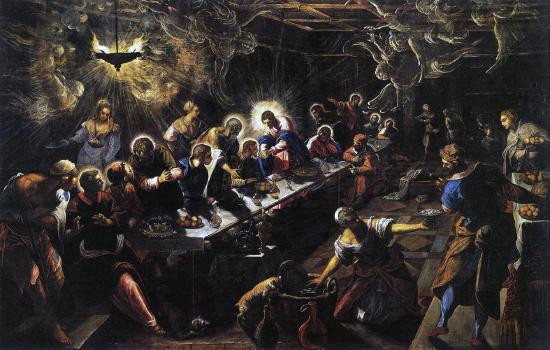
| da Vinci | Tintoretto | |
|---|---|---|
|
Linear perspective |
One-point perspective with focal point in center, light from the window gives halo effect to Jesus head. Horizontal line with large table as foreground with figures behind. |
One-point perspective with focal point to the side from lamp giving Jesus the halo effect. Diagonal line with table splitting the image, figures on both sides. |
|
Color |
Muted colors, white cloth providing contrast. |
Strong colors, chiaroscuro style, deep shadows, dramatic lighting. |
|
Material |
Secco (painting on dry plaster), oil and tempera paint that did not blend well. |
Oil on canvas |
|
Expression and emotion |
Simple symbolic figures with minimal emotion. Only included traditional disciples. |
Realistic figures, disciples as well as ordinary people working. |
|
Style |
Renaissance style |
More Mannerism style (exaggerated proportions and expressions) |
Putting a Name to the Face
| Area | Portrait | Area | Portrait |
|---|---|---|---|
|
Italy Filippo Brunelleschi |
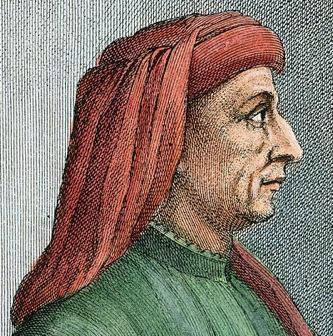
|
Italy Leonardo Da Vinci |
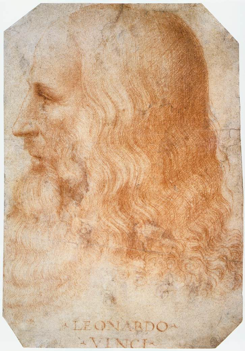
|
|
Italy Donatello |
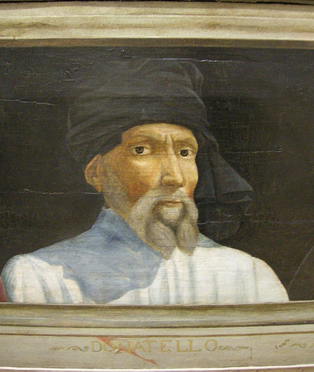
|
Germany Albrecht Durer |
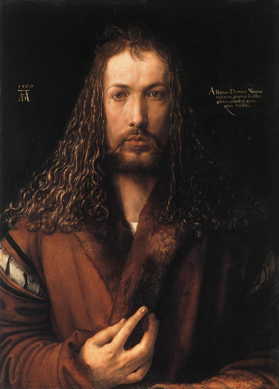
|
|
Italy Masaccio |

|
Italy Michelangelo Buonarroti |
(Fig 8.53) |
|
Germany Johannes Gutenberg |

|
Italy Giorgione |

|
|
Italy Andrea Mantegna |
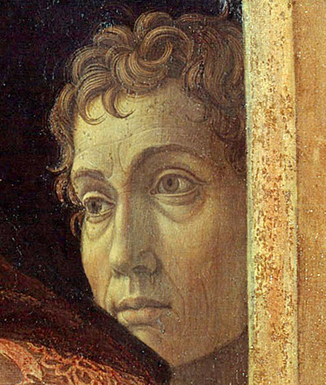
|
Italy Raphael |
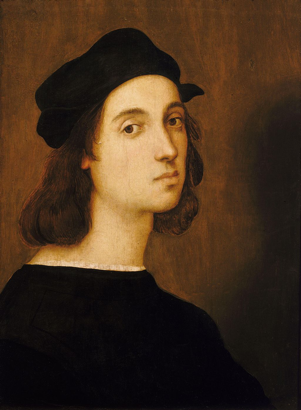
|
|
Italy Sofonisba Anguissola |
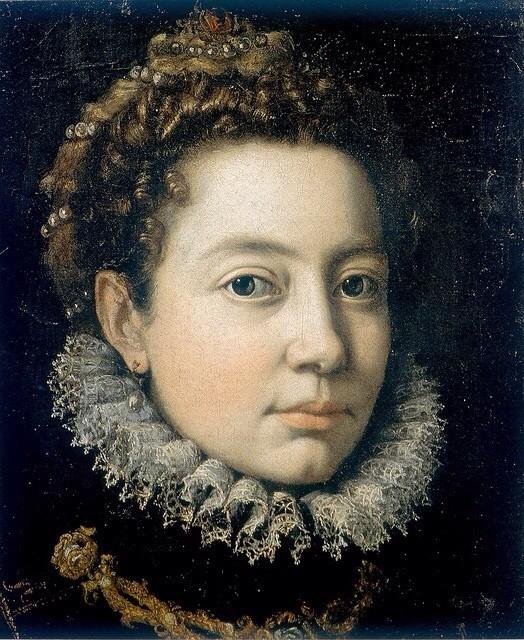
|
Italy Lucia Anguissola |

|
|
Italy Sandro Botticelli |
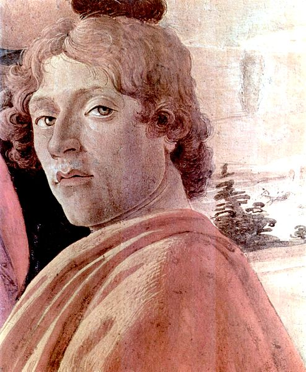
|
Italy Titan |
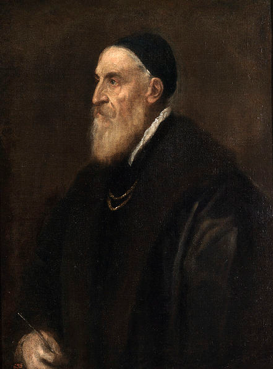
|
|
Italy Hieronymus Bosch |

|
Italy Tintoretto |
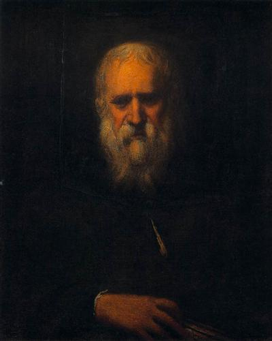
|



